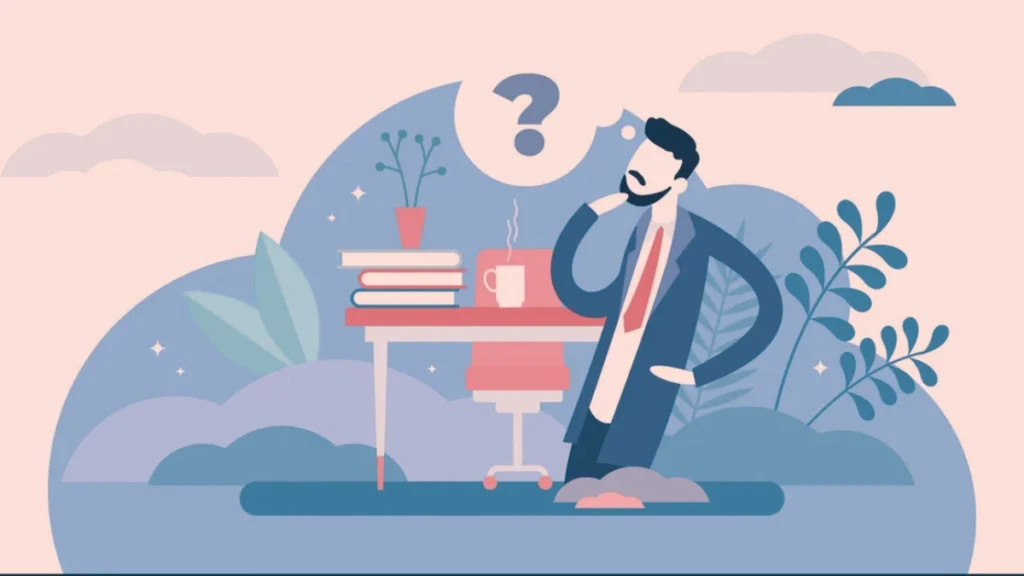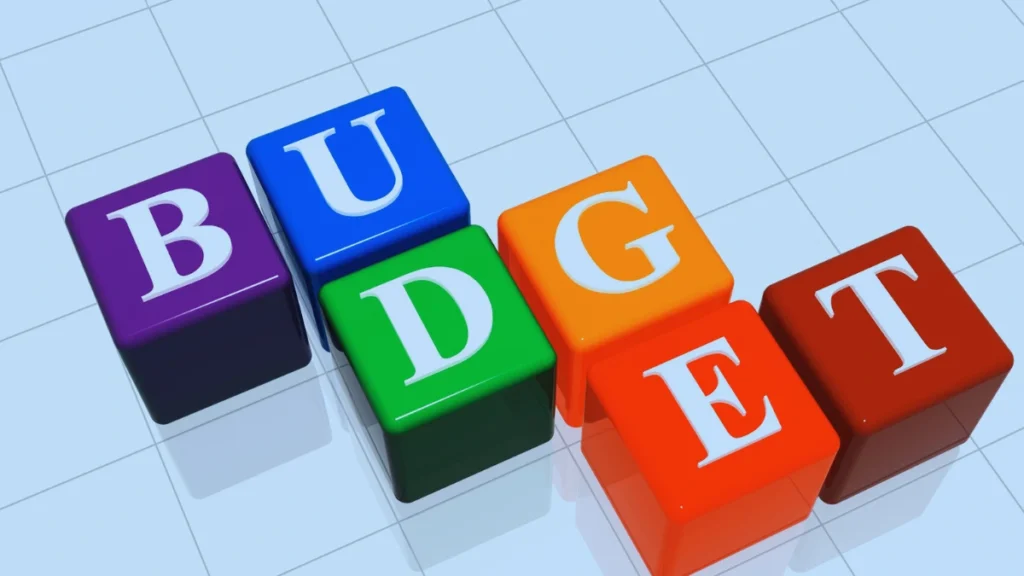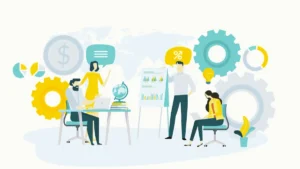The Economics in Daily Life: You Need to Know!
Have you ever wondered why the copybook store around the corner often raises the prices of books during their busy hours? Why do you consider taking out another subscription to a streaming service when you already have one? The service is accessible and very difficult to use. All decisions are made by the invisible hand of economics, and it is not just for Wall Street or strategy makers. The invisible hand of Economics in Daily Life. It is built into our lives and affects the way we save money, make policies, consume and much more.
Table of Contents
ToggleThis blog introduces you to important financial terms like Resource Distribution, Resource Allocation, Investment Strategy and Marginal Thinking. You will learn that Economics is not just about terms and graphs; it is also a great way to approach decision-making and gain an advantage in Economics in Daily Life.
Economics in Daily Life: Every Cost Has an Equal Value
Everything costs money. Every choice has an opportunity price, whether it is money, time or effort. This is the price that you have to pay when choosing one option over another.

What is Opportunity cost?
Imagine this: You have $20 and two options. Imagine you have $20 to spend and only two choices:
- See the latest thriller at your local cinema.
- Take a break at the coolest new café in town.
By choosing the movie, you’re giving up a tasty lunch. This is your opportunity cost, a cost that’s often forgotten but never absent. You’ll be able to make better decisions when you realize what you’re really sacrificing.
Takeaway: Recognize the tradeoffs you make in daily life. What am I giving up to make this decision?
Scarcity is a powerful force.
Have you ever noticed this simple thing that when a thing becomes useful, it becomes very valuable, and its price suddenly increases? The principle of scarcity and the hidden financial and economic truth is that scarcity is a driving force behind almost all decisions. Be it limited edition sneakers or 24-hour airline sales.
What We Learn From This These are the tactics businesses use to encourage quick purchases. You can stop and think before handing over your credit card and make the most important decision.
Resources Allocation
The study of economics is the distribution of resources, such as time, money and materials. Guess what? Every day, we all act as mini-economies.
The Time Is Money
Think about how you spend your time. Do you want to spend 2 hours cleaning your house? Do you want to hire someone else to clean? Does cleaning cost more than zero dollars? This is also the time you spend. You could have saved by studying or taking a rest in your side business. This zero dollar can make you spend more than expected.
Calculating your hourly value is a good way to determine if it is worth outsourcing. If you can hire a cleaner at $30 and take on $60 worth of freelance work in the same amount of time, then the math is in your favor.
The Takeaway: You should value your time just as much as your money.

Budget allocation
Making a budget is basically the allocation of economic resources. Making a smart budget can help you achieve your personal and professional goals by using limited resources. You can run your small economy by categorizing your expenses into essentials, non-essentials and savings. can
For a tip? Use the rule: allocate 50% of your income to needs, 30% to wants and 20% towards savings or repayment. It is important to maintain a balance.
Marginal thinking
You’ve probably already engaged in marginal thinking if you have debated watching “just one” more Netflix episode or buying one more movie snack.
The Marginal is Important
The idea of marginal thinking revolves around the small changes that can tip the balance. This is a technique that businesses use constantly. Businesses use this constantly.
You can also use marginal thinking: Is it worth spending an extra hour on a message, or will email be enough for your intended goal? Is it worth investing too much time in an online gig if you expect returns?
The Marginal Value and Utility
Let us understand with an example: Suppose you are in an all-you-can-eat pizza buffet. How was the first bite? The first bite was blissful. How was the second bite delicious? Till the fourth bite, you will start questioning your choice. Economists call these diminishing returns marginal. utility says
Understanding this concept will help you reduce unnecessary expenditures or activities. It’s better to avoid an expense if the personal or “utility value” isn’t enough.
Takeaway: Concentrate on the value of “next steps” and “extra purchases.”
Investments and Savings
Saving and investing can be powerful economic tools.

Compound interest: The Magic of Compounding Interest
Albert Einstein, for good reasons, called it the “eighth wonder of the world.” By earning compound interest, your money can grow at an exponential rate.
Imagine the following:
- You invest $200 per month starting at age 25.
- At 65 years old, with a return of 7% per year, your net worth will be around $480,000.
If you begin investing when you are 35 years old, your same contribution per month will only yield $228,000. This is nearly half of the original amount, all because you waited ten years.
Key Takeaway: Get started as soon as you can. Your money will grow faster if you start early.
Risk and Reward Spectrum
It is important to understand the risks and rewards of your investment before you decide where to put your money. Stocks? Risky but high-reward. What is a savings account? Minimum returns, low risk.
Diversify your portfolio by combining “safe” investments like bonds with “growth” assets like stocks to achieve a risk/reward balance.
The Emergency Funds Are Non-Negotiable
Unexpected auto repairs, unexpected medical expenses and sudden job loss are all a part of life. Building an emergency fund to cover 3-6 months of expenses leads to stability.
Key Takeaway: You can save enough money to cover unexpected expenses and avoid debt.
Smarter living = Smarter economic thinking
As we have seen, Economics is a subject that is not just for textbooks. It is a part of your day-to-day everyday life. Principles of Economics can help you in better decision making. Economics in Daily Life can teach you how to overcome marginal thinking. How to implement, understand opportunity cost and allocate resources strategically.
Want to go a step further? Keep a weekly journal of your decisions and expenses. You’ll be shocked to see how important a role tradeoffs and utility play in the decisions you make.
There’s no need to make economics abstract boring and intimidating. You can make money and cut costs by consciously implementing these principles Economics in Daily Life. By building this framework, you can achieve long-term personal and professional success.


